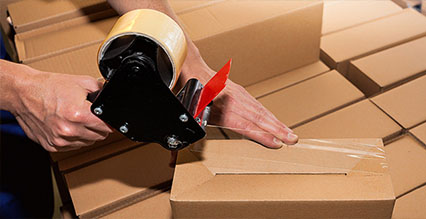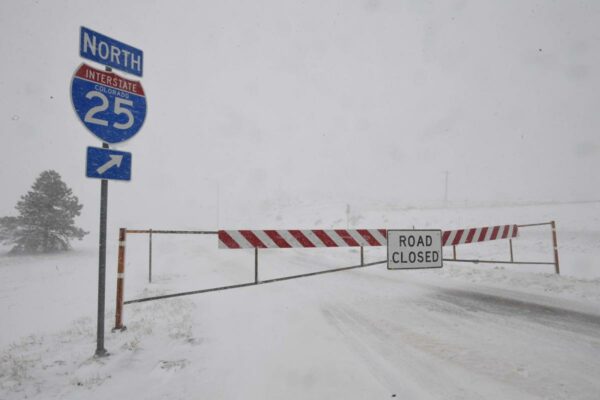11 Ways to Safeguard Your Belongings on Moving Day
Moving is, and likely always will be, a stressful time. Packing, decluttering, cleaning are all lengthy steps in the process. The last process is where you are likely going to have the most stress. Transporting all your precious belongings is stressful. Whether doing it yourself or if you’ve hired local movers, there are risks.
There are steps you can take. By doing so, you can help ensure your items arrive unscathed.
First, proper preparation can help ensure a fast and damage-free move.
To begin, you will want to consider items of value. This includes antiques and expensive items. Contact your insurance agent, or look into purchasing insurance. Most homeowner or renter insurance does not cover damage to items in transit. If you hire a local moving company, consider the insurance options offered.
Next, consider items in transit. They move and shift. They slide and bump. For this, stock up on cheap blankets, sheets, towels, etc. Bubble wrap and newspapers also help. The more padding your load has, the less risk of damage.
Bubble wrap deserves a second mention. This air-filled plastic sheeting is a must-have for all moving. Wrapping fragile items in bubble-wrap, both in and outside of boxes, is key.
Because moving involves a lot of, well, moving, you will need the proper tools. Any mover worth his weight knows the key to a quick move is a hand truck. Also known as a dolly or furniture mover, this is the most important tool for moving. If you don’t have one, you can rent one. Or, if you have hired local movers, they will have them. Watch as they load heavy items or many boxes and cut the number of trips in and out of the truck in half.
Speaking of trucks, if you’re moving on your own, be sure to line the bed of your truck. You will want a non-slip mat to keep items from shifting. Additionally, this will help prevent scratching as you slide items in and out.
Consider taking furniture apart.
If your couch has detachable legs, remove them. Wrap the legs and pack them. Detachable legs are not made to withstand the rigors of moving. Disassembling furniture makes it safer and lighter to transport.
It is always a good idea to plan your route in advance. Sure, you’ve driven the roads many times before. But if you are moving yourself, you will need to drive slower. This may mean taking the roads less traveled. This will allow you to drive slower and avoid sudden stops that could cause pieces to crash together. Or, even worse, sail out of your vehicle and into the roads.
After you’ve made the journey, it’s time to unload all your items. You’ve made it through the perils of your items in transit. But they’re not safe yet. Damage can occur while items are being unloaded and placed into their new home.
Moving sliders can be life-savers. These soft pads allow you to slid furniture around without scratching the floors. It also makes it easier to move heavy pieces. Consider having these on hand as you unload furniture.
Save your back and measure doors and doorways for bigger pieces. This will allow you to consider how to fit through the openings. Consider turns around corners or up a flight of stairs. If you plan ahead, you can prevent damage to doors, walls and furniture.
Deposit boxes in the appropriate rooms right from the start. If may be tempting to unload all your boxes into the first room of the house. But this will create more havoc, and potential damage, than it’s worth. You have been moving all day and, because of this, you are likely tired. This means you may show less care when stacking boxes. This will cause crushed items.
Moving day is hard enough. It’s hard on you and your items. But with proper preparation and a plan on hand, it can be easier.





